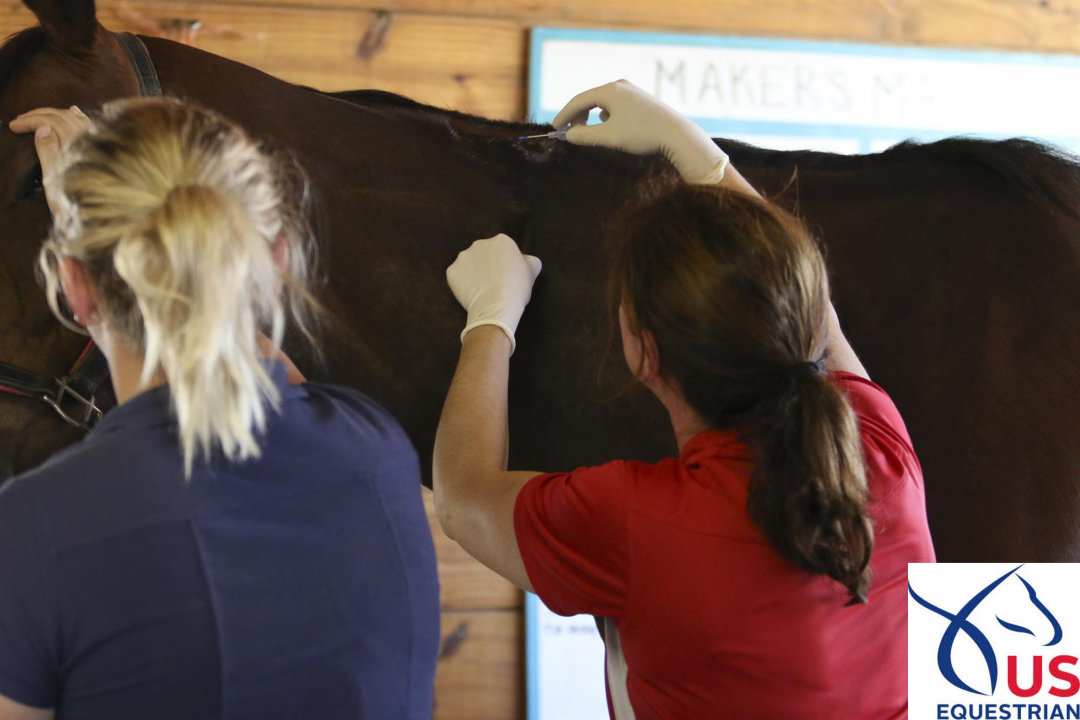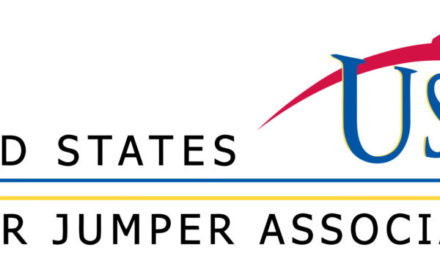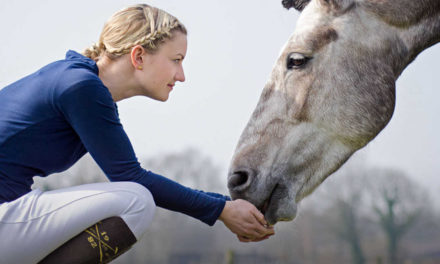Microchipping FAQs

As of Dec. 1, the United States Equestrian Federation will require a microchip for horses and ponies competing in classes that require United States Hunter Jumper Association horse registration.
Everyone knows that all cars and trucks have a unique 17-digit Vehicle Identification Number (VIN). This makes it easy to record and track a vehicle’s history.
Finally, in order to provide show jumping competitors with a reliable way to verify a horse’s identity, the USEF is requiring a microchip for horses to compete at rated shows.
PHASE I: Microchipping Required for Points Beginning in competition year 2018 (December 1, 2017), all horses competing in USEF-licensed and/or USHJA sanctioned competitions with Hunter, Hunter Breeding, Jumper and Hunter/Jumping Seat Equitation classes not restricted by breed will be required to be microchipped to receive points.
PHASE II: Microchipping Required for Competition Beginning in competition year 2019 (December 1, 2018), ALL horses competing in USEF-licensed and/or USHJA sanctioned competitions with Hunter, Hunter Breeding, Jumper and Hunter/Jumping Seat Equitation classes not restricted by breed will be required to be microchipped.
Here’s the USEF microchipping primer to help get you ready for the deadline.
Why microchip?
The microchip verifies the horse or pony’s ID, which allows him to compete for points and prize money and to be eligible for certain US Equestrian and USHJA programs and awards. Microchips are about the size of a grain of rice and can hold electronic data, such as identifying information about a horse. They provide a reliable way to verify a horse’s identity, which can contribute to the well-being of a horse and support consumer confidence during horse sales. Microchipping is a standard of the Fédération Equestre Internationale, the international governing body for equestrian sport.
Getting the microchip is a quick, easy process. To learn more about the process, watch the microchipping video in the USEF online Learning Center.
Does my horse or pony need a particular kind of microchip?
US Equestrian requires microchips to be ISO 11784/11785-compliant. This microchip has a unique 15-digit number assigned only to your horse. Microchips starting with the prefix 900 cannot be used because these chips could have duplicate numbers. Check your chip number before the microchip is implanted.
Example of unacceptable chip: #900123456789012
Example of an acceptable chip: #977123456789012
Where can I find the rule for microchipping?
The microchip rule is HU101, JP100, EQ103.
How does the microchipping process work?
The American Association of Equine Practitioners has determined that the implantation of a microchip is a veterinary procedure. The USEF recommends that a licensed veterinarian supervise this procedure.
Before the microchip is implanted, the horse should be properly identified and checked for an existing microchip with a reader. The microchip should be implanted in the nuchal ligament, halfway between the poll and the withers on the left side of the horse. After the microchip has been implanted, it should be checked again with a reader to verify that it is still readable.
How do I report my horse or pony’s microchip to the USEF?
After microchipping, you can report your microchip number to the USEF through any of the following methods:
Online by signing in to your My USEF Member Dashboard and updating your horse or pony’s record.
You can fax your Microchip Reporting Form to 859-231-6662 or email it to horseservices@usef.org. The form may be used to report multiple horses.
Completing the microchip field on a USEF Horse Recording/ID Application. Microchip reporting does not replace recording your horse with the USEF or registering your horse with the USHJA. If your horse is not yet recorded with USEF or registered with USHJA, you will need to complete an USEF Horse Recording Form and include the 15 digit ISO 11784/11785-compliant microchip number on the form.
When will my horse’s microchip be scanned?
Horses are subject to scanning at any time, such as at the time of measurement, during a drug test, or when showing in a USEF-licensed and/or USHJA-sanctioned championship event.
What information does USEF read off the microchip?
The only information contained on the microchip is the chip number. This number is tied to the information you provide to USEF on the USEF Microchip Reporting Form.
How will competition secretaries know if a horse has been microchipped?
The microchip number will be added to a horse’s USEF/USHJA certificate and verification, which is information available to competition secretaries.
Should I have another microchip put in my horse if it doesn’t have a compliant microchip?
Yes. You need to have a 15-digit microchip that complies with ISO 11784/11785. The microchip should NOT start with the prefix 900. Once a compliant microchip is implanted, if your horse has another microchip already implanted, you should report both numbers to the USEF.
Who can I contact for more information?
For more information about the microchipping requirement, contact USEF Customer Care by phone at 859-258-2472, send an email to customercare@usef.org (please allow up to 24 business hours response time), or log on to USequestrian.org and choose Online Support to live chat with a representative. USEF Customer Care representatives are available Monday through Friday, 8:30 a.m. to 5:00 p.m. ET.


